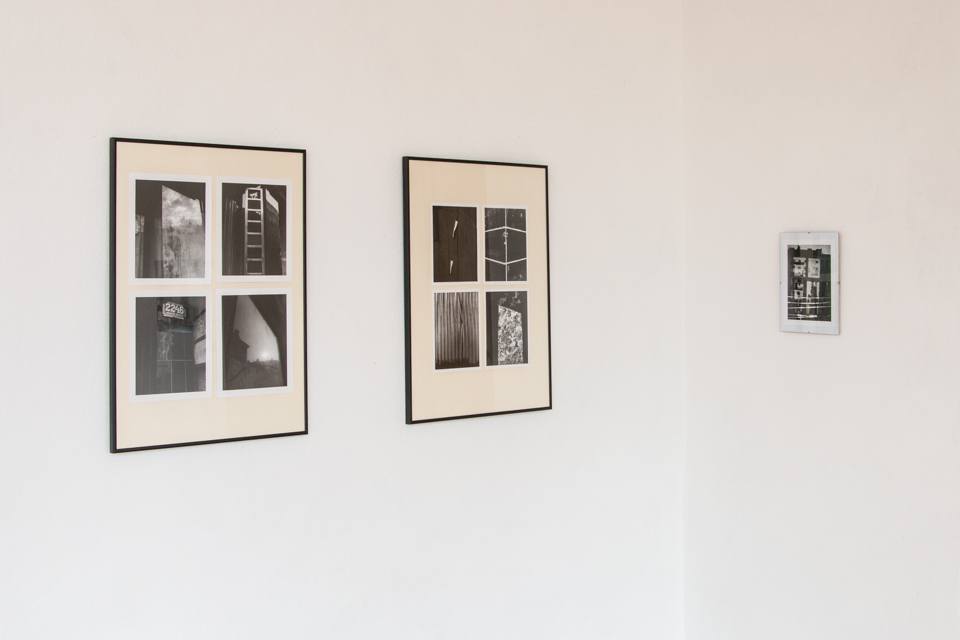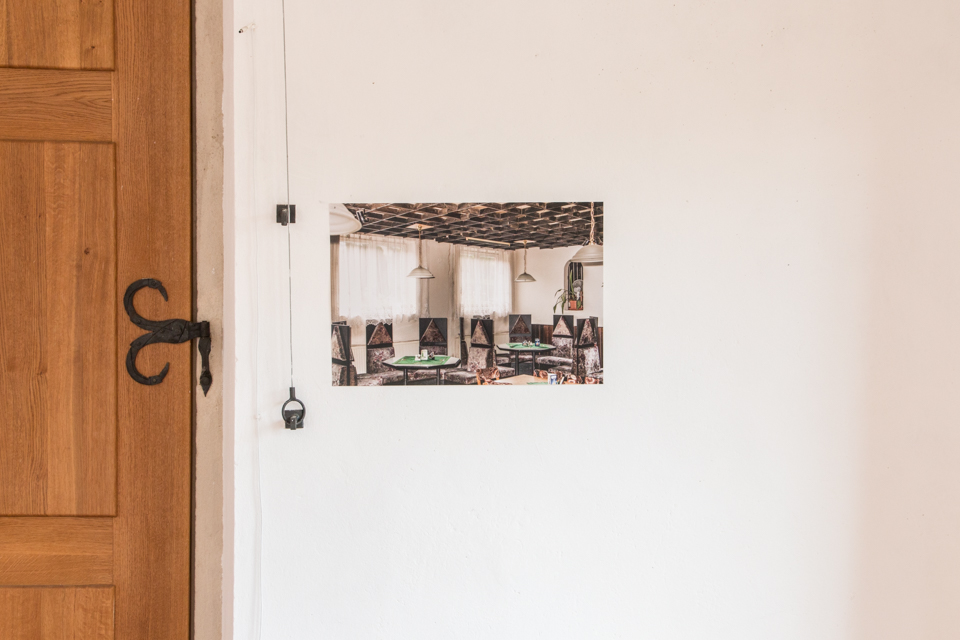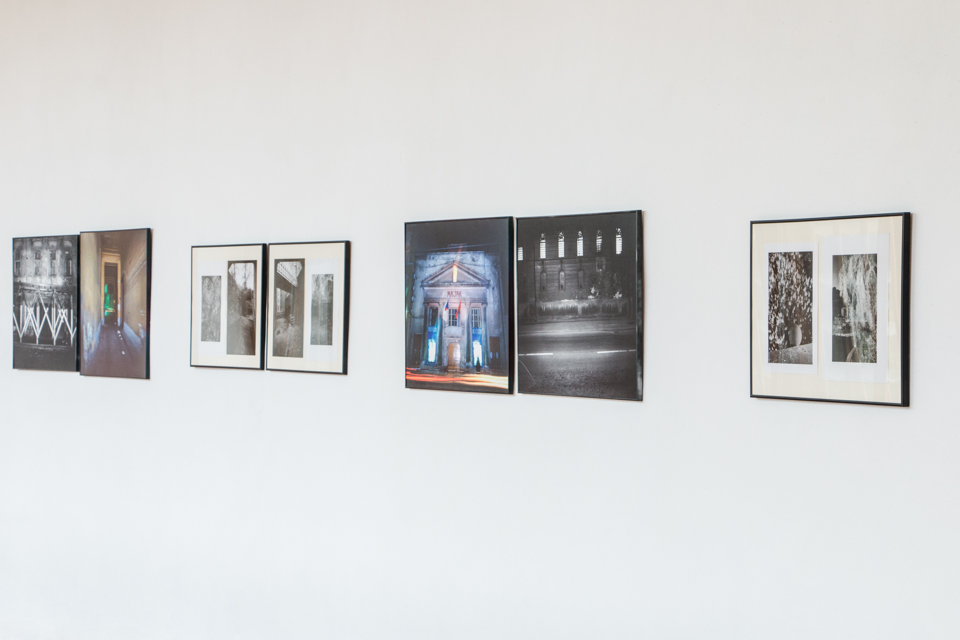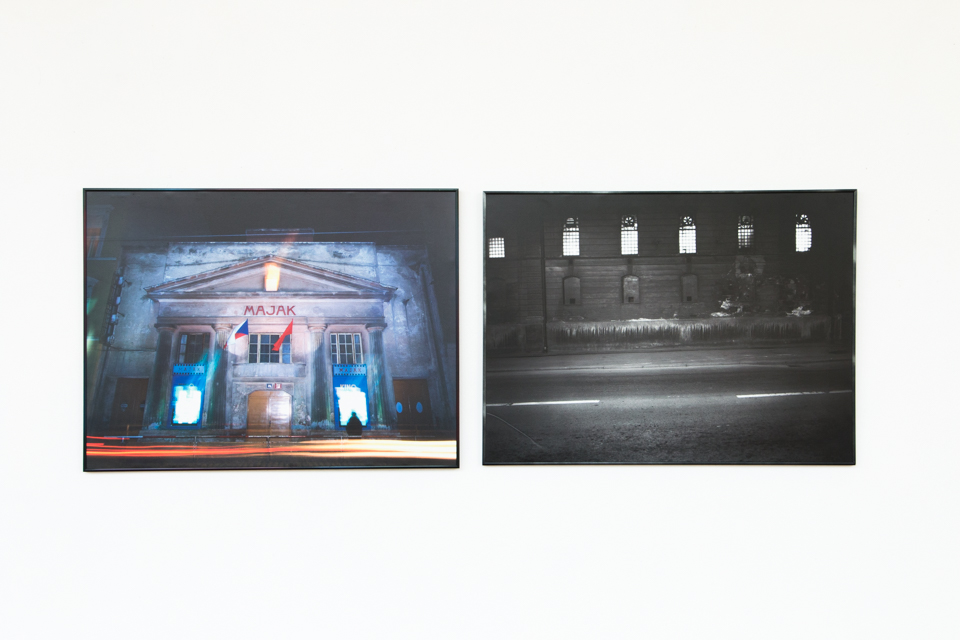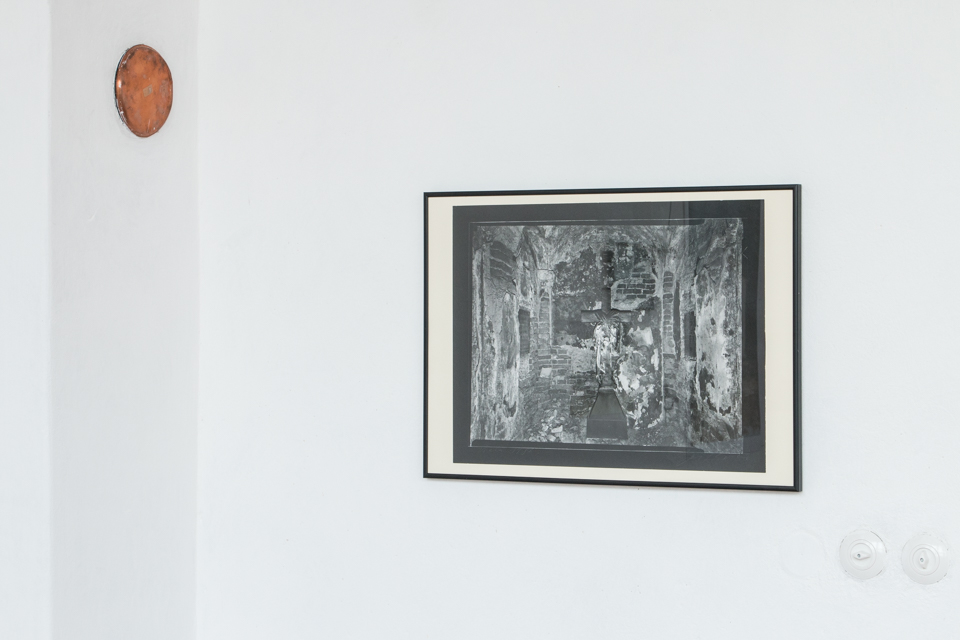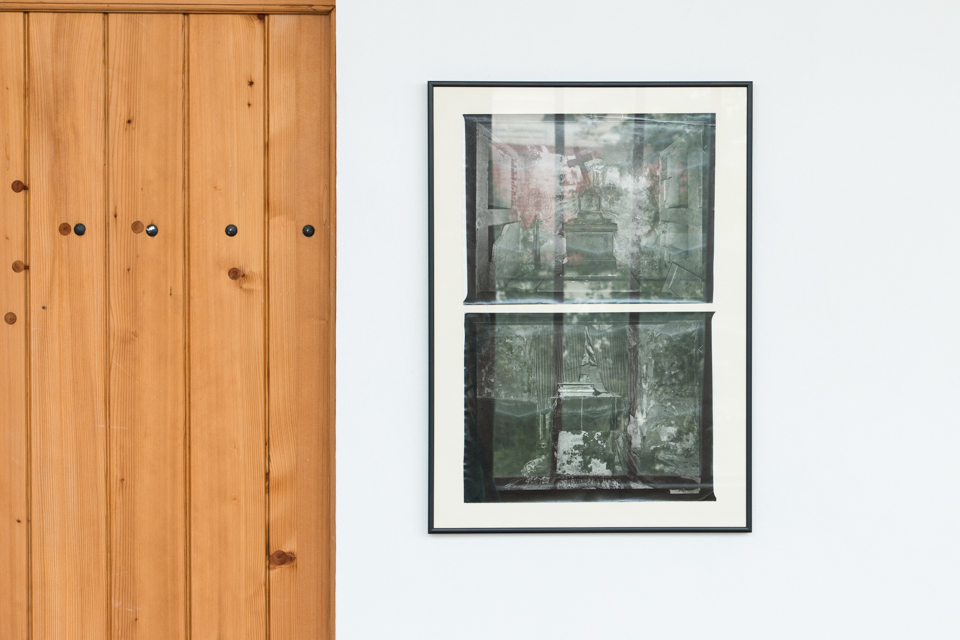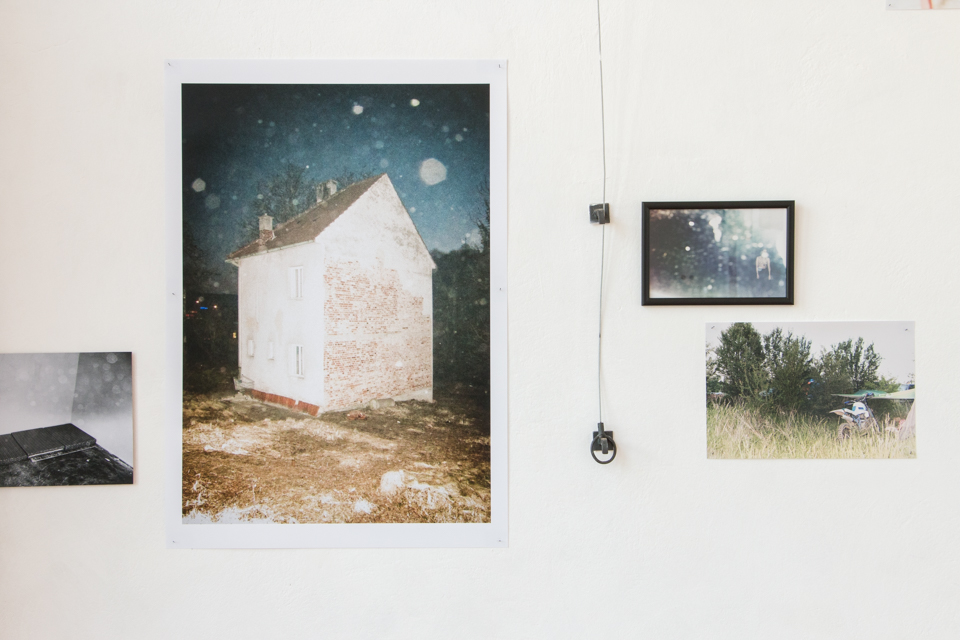The City 1975-88
Jiří Poláček
09.06. – 03.07.16
Guest / Dušan Tománek
Jiří Poláček (1946) comes from a famous generation of FAMU grauates that introduced their work at exhibitions curated by Anna Fárová. His work is influenced by the American ‘rough’ school of documentary photography as well as by his long-term friendship with Jan Svoboda. Together with Ivan Lutterer and Jan Malý, Poláček has been the author of a portrait series called The Czech Human since 1982. In Entrance Gallery, Poláček presents, on a night before his round birthday, a nostalgically classic photographies of his native Smíchov and disappearing Žižkov courtyards. At that time, the city was clenched by the totalitarian regime, completely different from the today’s Mecca of tourism, and there was a certain sense of oppression but also a charm of forgotten timelessness.
The exhibition’s guest is a photographer Dušan Tománek, whose solitery post-punk work seeks romanticism and poetry of the today in a similar manner; at sweaty discos and metal music pastimes, in the villages of Wallachia and in the ‘90s interiors. In this respect, it is a kinship that corresponds not only because of the theme but also shares the same surprised understanding of things that have not found their end yet.
Curator Pavel Vančát
Jiří Poláček was born in Prague in 1946 and decided to leave Czechoslovakia soon after graduating at a high school for the working people. In 1966, he travelled through Yugoslavia and Austria to the much admired USA where he took a course of photography journalism at the Californian UCLA. In 1972, he surprisingly came back to socialist Czechoslovakia because he feared he would be sent to the war in Vietnam. He soon found a job in the laboratory of Czech News Agency where he worked for eight years in the department of big format blow-ups. While working, he studied photography at FAMU (1974-78) in a long-distance program. His graduation project was the series of panoramic pictures of Smíchov.
Smíchov is Poláček´s native area and he is an enthusiastic expert on this part of Prague: “Smíchov is like a textbook of architecture history: each bloc of buildings further from the center depict another era”. Poláček dedicated a great deal of his free-lance work to Smíchov. His Night Smíchov Series, which according to him originated on his ways home from pubs – however, on a big-format negative with flash lights, was first exhibited in October 1980 at the Drama Club in Prague as part of the 9&9 Series by the curator Anna Fárová. It was also exibited at a memorable group exhibition in Plasy. The whole Series is marked by agonizing, today almost forgotten, loneliness of a totalitarian night.
At the end of 1974, Jiří Poláček meets Jan Svoboda and becomes immediately enchanted by his work (“There was nothing so beautiful here at that time.”) The interest is mutual (after all, probably two highest Czech photographers just met) and Svoboda entrusts to Poláček, after he gets familiar with the non-traditional process of blowing-up, not only creating new blow-ups for his retrospective exhibition in Brno but also the majority of his other diapositives. It is thanks to Jan Svoboda that Poláček gets to take the already mentioned panoramic photographies that were taken by probably the most famous camera in history of Czech photography – wide angle Kodak Panoram 6×18 that was given by Josef Sudek to Jiří Toman and after his death by Mrs. Tomanová to Svoboda who sold the camera after series of failures to his assistant Poláček, who used this particular camera to make his legendary Smíchov panoramic pictures. Later on, also Poláček´s friend Ivan Lutterer would borrow this camera.
Poláček would return to the Night Smíchov Series once more in 1983-1984, this time with colour material. The today almost fantasque and bizzare greyness of the Socialist Prague reveals at night its true colours that are lost in the overflow of dust and vanity during the day. A long duration of exposure without a tripod, cut through by a sudden flash, gives the objects a quality of double character: one that is nightly flowing and the other with bright outlines. The result is a rather halucinogenic über-reality that combines genius loci with a rising documentary value.
Together with Ivan Lutterer and Jan Malý, Poláček is the author of another significant work of Czech photography: an extensive sociological project called The Czech Human. During making pictures of traditional Czech costumes at the festival in Strážnice in 1982, the three photographers came up with an idea to set up a small outside studio tent that disperses the day light naturally. Lutterer and Poláček allegedly made the tent and Malý would bring pipes. After a whole day of shooting, a drunk worker entered their tent with a bottle of beer in his hand – he wanted them to make a portrait of him. The resulting picture convinced everyone that they had just found a new and potentially rich topic: the Czech human. For another fourteen years, the trio would tour around Czech towns offering its inhabitants portraits for free in their portable tent. While excited citizens left with a polariod, the authors would gain a big-format negative depicting all details of fashion and mood of various demographic groups in the era of Real Socialism and just beginning Capitalism. The whole project ended in 1997 in the form of a publication which is sometimes extended with new work (but unfortunately without the contribution of a prematurely deceased Lutterer).
Even though Poláček was the only Czech photographer who would get close to Svoboda´s mythical personality, his images, unlike those of Svoboda´s imitators, take a different direction: they are characteristic by their laconicism relentlessly seeking the actual image of the urban space (earlier parallels can be found in the work of Miroslav Hák or Jan Reich). However, an important role in Poláček´s rough approach was played by his thorough knowledge of modern American photography (that was unusual for Czechoslovakia in the Normalization Era). We can clearly see its influence (either in the technology or conceptual approach) in Poláček´s Smíchov Series. It is as if Sudek´s Prague was invaded by Wegee with his group of stray gangsters and Poláček posed as their guide (which he would normally do for many foreign tourists of totalitarian Prague). Without big gestures but with piercing understanding.
Pavel Vančát (from The Photographer magazine, 2007)
